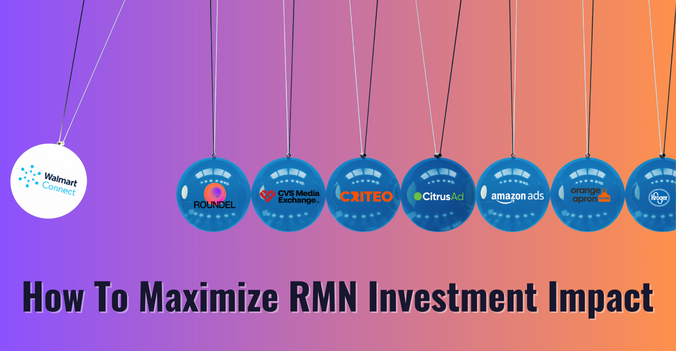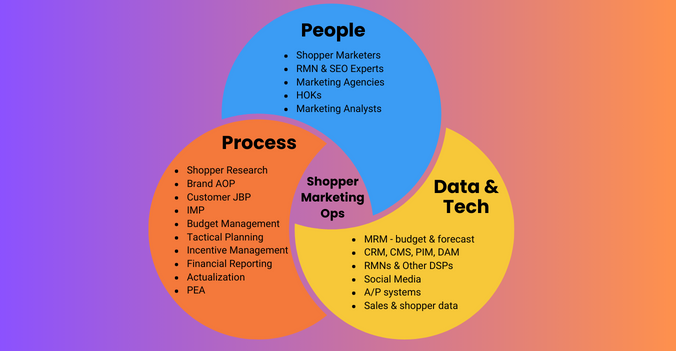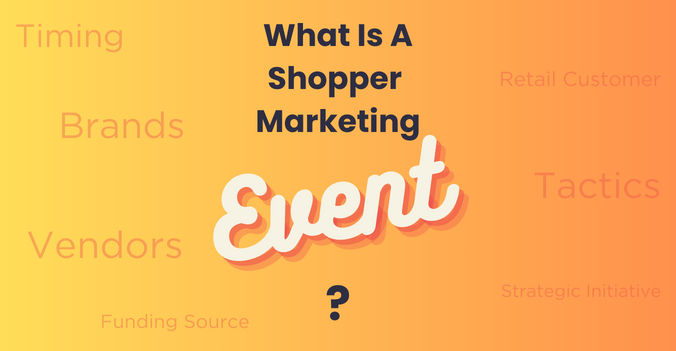
We recently conducted a survey which shows that the tools and systems used by the majority of our respondents are almost three decades old!
The survey paints a grim picture of shopper marketers still managing their multi-million dollar budgets in disconnected spreadsheets, making decision on old, unreliable data, communicating their ideas via manually constructed, redundant PowerPoints and drowning in the flood of emails from confused co-workers looking for clarity and alignment.
Why is it that, as the consumer-facing shopper marketing technology has exploded, our internal tools and systems have not? How come there has been almost no move towards collaborative technology in CPG marketing space in nearly three decades?
Although the temptation to procrastinate and weather out the storm is enormous, the risk, if we don’t evolve, is to become obsolete. Shopper marketing that once was a bright shiny object is no longer able to ask for incremental funds simply because “customers need us to partner”. We must establish accountability and deliver tangible results. Unfortunately, doing it while our teams spend half of their working hours doing admin work, is simply unattainable
Here are the reasons why you should shake up your shopper marketing operations:
1. Lack of Growth
CPG industry has been experiencing anemic growth in the mature US and Western Europe markets.
Worse yet, we see some center-store categories in decline as they vie for the shrinking center-store shelf space.
Unfortunately, this is a trend that is likely to continue. Which means that your shopper marketing team needs to be agile with people equipped to make quick, data-driven decisions. They need to understand what marketing investments are or aren’t working to learn and re-apply successes faster than their competitors. If you’re operating within mature markets and shrinking shelf space, the most efficient and agile players will win, and those slow to learn and adapt, will fade into obscurity.
2. Headcount Pressure
The lack of growth has had a negative effect on the bottom-line, which directly impacts the hiring practices in the CPG industries. Many CPG companies have stopped hiring; some even plan to reduce headcount. A trend that has impacted strategic areas - such as shopper marketing.
For an example, just cast your mind to the number of shopper marketing agencies that serve as outsourced departments for their clients … Companies are reducing their headcount. Ironically, those who are left behind are expected to carry on the same, or even larger workload.
With this trend on the rise, productivity is key! However, over 70% of our survey respondents believe that they spend too much time on administrative duties. The survey also revealed that on average, half of their work day was spent on administration rather than value-added tasks.
If your marketing team is expected to do more with less, productivity assessment is in order, and productivity solutions should be considered.
3. Zero-Based Budgeting
These days, many marketers have to justify every single dollar invested in their programs before they get approval to proceed, thanks to the revitalization of zero-based budgeting. Zero-based budgeting, can be defined as when you prepare a budget from scratch - ie each item starts at a base of zero - with a fresh evaluation and analysis of the budget required for each line item. It has made quite the comeback.
This means that in addition to honing your marketing and sales skills, marketers also need to become financially astute.
For instance, to perform ROI analytics, you need to collect historical data that relates to performance and sales to tie to marketing activities. This is a huge undertaking, especially if you don’t have a well organized, accessible library of your historic costs and results.
Assuming this is a manual process, where do you find the time? And how much does this manual reporting cost you? Especially when you be spending the time on value-add activities - such as shopper or customer research or even program development and executions.
4. Increasing P2P Complexity
Your shoppers’ attention is a scarce resource - a fact you no-doubt often bemoan! This means that you need to invest more effort and increase the number of touch points to reach the same size audience.
In days-gone-by, a splashy free standing insert campaign or a catchy radio campaign would do the trick in increasing awareness and sales. However, times have changed and this is no longer the case.
A multi-touchpoint, omni-channel campaigns are now required to make a meaningful dent in the sales results. This means a large variety of vendors need to now be coordinated, along with the employment of a multitude of tactics. Sounds complex right? That is because it is - especially when we attempt to measure and our results post-promotion.
5. Too Much Data
There has been impressive growth in the marketing capabilities of our retail customers. Shopper-facing technology is exploding and is generating vast arrays of transactional shopper data that enables unprecedented personalization. Being able to take advantage of new data, ingest, process and make it support your investment decision is is a vital competency for CPG marketers.
Gathering marketing performance data across all channels and learning how to manage the shopper journey is a huge and important task. If this is not achieved, CPG marketers will be relegated to the role of co-marketing sponsors with limited ability to learn what works, let alone influence program designs.
So, what is the answer?
In order to address the problems of waste, you need a real-time system that will deliver on three key enablers of productivity:
- Standardization of business nomenclature and metrics to simplify planning and take guesswork out of the process
- A collaborative environment to get things done efficiently, online as well as drastically reduce meetings
- Automation of non-core, manual work, such as reporting and data transfer between systems.
Shopperations was developed by shopper marketers, for shopper marketers. So if you would like to know more about how to move beyond the status quo, contact us!











